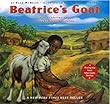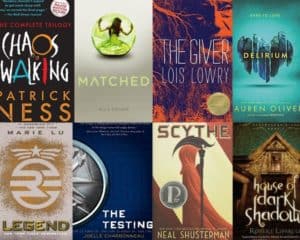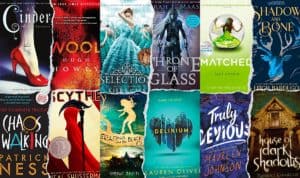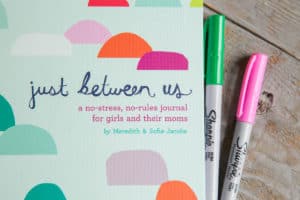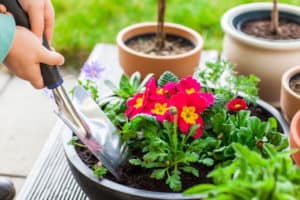Both talking to your children about and searching for hunger books can be challenging. Below are the top ten picture books to help children understand hunger.
. . .
"Mom, I'm hungry." Have your children ever whined this phrase between meals? Generally being hungry at our house simply means a nagging grumble while we wait for dinner to be served. However, for many children (right in your own town) it means something much scarier, like not knowing when your next meal will come.
This month we are proud to be partnering up with a collection of moms working to fight hunger. Mia over at Pragmatic Mom pulled together the awesome list of kid-friendly books. After researching library chat groups she found these books about hunger came up time and time again. One title I must add to the list below is this unique version of Stone Soup by Jon Muth. The summary reads:
Three strangers, hungry and tired, pass through a village. Embittered and suspicious, the people hide their food and close their windows tight. That is, until the clever strangers suggest making a soup from stones. Intrigued by the idea, everyone brings what they have until-- together, they have made a feast fit for a king! In this inspiring story about the strength people possess when they work together, Muth takes a simple, beloved tale and adds his own fresh twist.
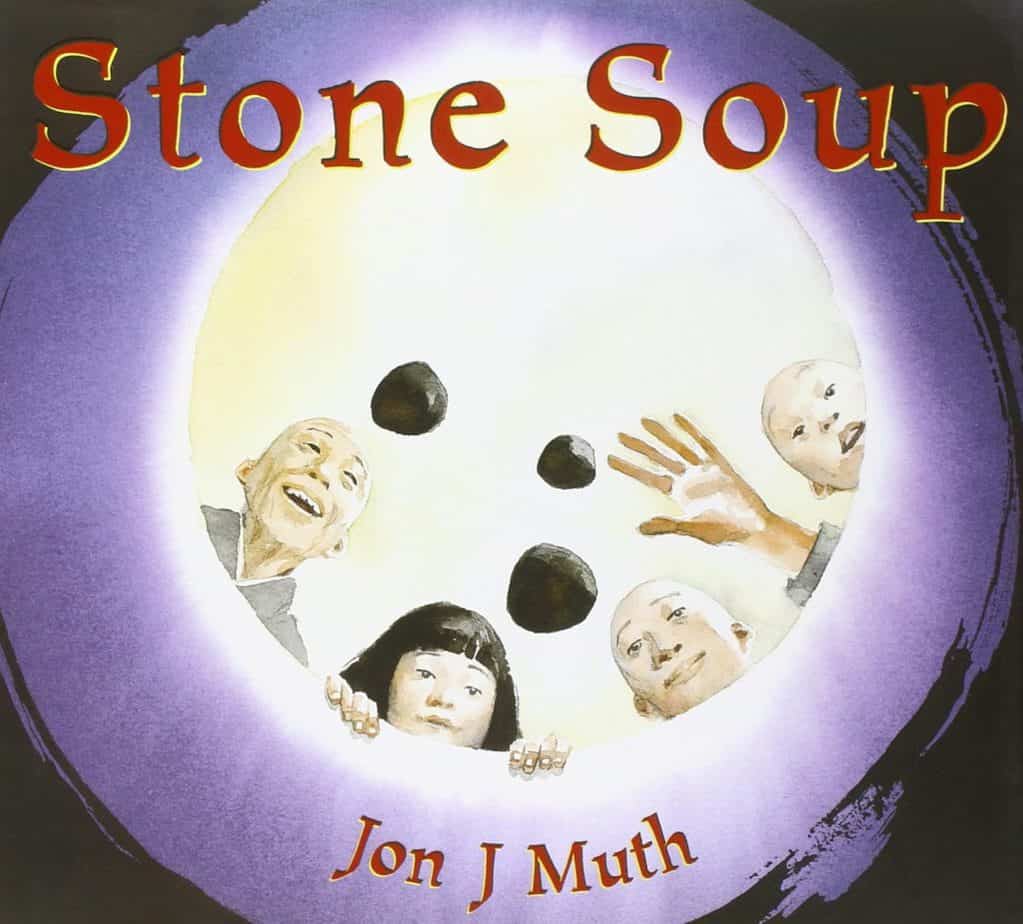
We read multiple versions of this classic tale and this is by far the strongest. Beyond that, the watercolors in the book are amazing. Truly beautiful. I highly recommend it.

Hunger Books: Top 10 Picture Books to Help Kids Understand Hunger
Below are ten more books to help kids understand hunger.
1. Faith the Cow by Susan Bame Hoover
Faith the Cow and Beatrice's Goat by Lori Lohstoeter are both recommended/used by Hefer Project International to teach children about world hunger.
Faith the Cow is the captivating story of the first animal sent overseas through Heifer Project International. [For kids ages 4 and up]
2. Beatrice's Goat
More than anything, Beatrice longs to be a schoolgirl. But in her small African village, only children who can afford uniforms and books can go to school. Beatrice knows that with six children to care for, her family is much too poor.
But then Beatrice receives a wonderful gift from some people far away -- a goat! Fat and sleek as a ripe mango, Mugisa (which means "luck") gives milk that Beatrice can sell. With Mugisa's help, it looks as if Beatrice's dream may come true after all.
Page McBrier and Lori Lohstoeter beautifully recount this true story about how one child, given the right tools, is able to lift her family out of poverty. Thanks to Heifer Project International -- a charitable organization that donates livestock to poor communities around the world -- other families like Beatrice's will also have a chance to change their lives. [For kids ages 4 and up]
3. One potato, Two Potato by Cynthia DeFelice
Mr. and Mrs. O’Grady are so poor they have just one of everything to share – one potato a day, one chair, one blanket full of holes, and one gold coin for a rainy day. After digging up the last potato in their patch, Mr. O’Grady comes upon a big black object. It’s a pot – no ordinary pot, for what they soon discover is that whatever goes into it comes out doubled! Suddenly the O’Gradys aren’t destitute anymore. But what they really long for is one friend apiece. Can the magic pot give them that?
This retelling of a Chinese folktale pays tribute to the author’s Irish heritage, and to the joys of an old marriage, new friendships, and the impulse to share. Using pen and gouache, the artist shows the “simple” characters in all their winning complexity. A perfect picture book about food shortages for kids 4-9.
4. Uncle Willie and the Soup Kitchen (Reading Rainbow Book) by Dyanne Disalvo-Ryan
A straightforward fictional view of an urban soup kitchen, as observed by a boy visiting it with his `Uncle Willie,' who works there every day....The difficult lives of those fed (including children)--as well as the friendly, non-intrusive attitude of the kitchen workers toward them--are presented sensitively but without sentimentality.
5. Tight Times (Picture Puffins) by Trina Schart Hyman
A small boy, not allowed to have a dog because times are tight, finds a starving kitten in a trash can on the same day his father loses his job
6. Sam and the Lucky Money by Karen Chinn, Cornelius Van Wright and Ying-Hwa Hu
It is the Chinese New Year, and Sam’s grandparents give him four dollars to buy anything he wants. He walks the streets of Chinatown with his mother, trying to figure out the best way to spend it. After meeting a homeless man, Sam starts thinking of his “lucky money” in a new way.
7. A Kids' Guide to Hunger & Homelessness: How to Take Action! by Tracy Apple Howard with Sage Howard
Kids explore what others in the world (including young people) have done and are doing to address the issues, find out what their community needs, and develop a service project.
The workbook includes facts, quotations, real-life examples, write-on pages, resources, a note to adults—and a lot of inspiration to get out there and make a difference in the world. Includes exclusive interviews with author and activist Francis Moor Lappé, and Lindsey Lee Johnson, author of Soul Moon Soup, the story of a girl living on the streets with her mother.
8. If the World Were A Village by David J. Smith
By exploring the lives of the 100 villagers, children will discover that life in other nations is often very different from their own. If the World Were a Village is part of CitizenKid: A collection of books that inform children about the world and inspire them to be better global citizens.
9. The Good Garden: How One Family Went from Hunger to Having Enough (CitizenKid) by Katie Smith Milway
The Good Garden is the story of one poor farming family in Honduras, who, like their neighbors, cannot be sure they will have enough to eat. When a new teacher comes to town, young Maria learns new farming methods and ways to sell the crops at the market that help give her family greater food security. As Maria’s neighbors see the success of her family’s “good garden,” the new practices spread through the community. The Good Garden is a fictionalized story inspired by the work of teacher Don El?as Sanchez, who devoted his life to improving the lot of small farmers in Honduras.
Seventy-five percent of the poor in developing nations are farmers like Maria and her family. Without food security, these farmers not only lack food — they also lack money for necessities such as health care and school uniforms and often become trapped in a cycle of poverty.
In addition to Maria’s story, The Good Garden includes facts about world hunger and information about non-profit organizations that help poor farmers. Kids also learn how they can make a difference by volunteering, fundraising, creating their own gardens, and taking political action. Learn more at www.thegoodgarden.org, an interactive website built in partnership with educational nonprofit One Hen Inc.
10. One Hen - How One Small Loan Made a Big Difference (CitizenKid) by Katie Smith Milway
Inspired by true events, One Hen tells the story of Kojo, a boy from Ghana who turns a small loan into a thriving farm and a livelihood for many. After his father died, Kojo had to quit school to help his mother collect firewood to sell at the market. When his mother receives a loan from some village families, she gives a little money to her son. With this tiny loan, Kojo buys a hen. A year later, Kojo has built up a flock of 25 hens. With his earnings Kojo is able to return to school. Soon Kojo's farm grows to become the largest in the region.
Kojo's story is inspired by the life of Kwabena Darko, who as a boy started a tiny poultry farm just like Kojo's, which later grew to be the largest in Ghana, and one of the largest in west Africa. Kwabena also started a trust that gives out small loans to people who cannot get a loan from a bank. One Hen shows what happens when a little help makes a big difference. This help comes in the form of a microloan, a lending system for people in developing countries who have no collateral and no access to conventional banking. Microloans have begun to receive more media attention in recent years. In 2006 Muhammad Yunus, a Bangledeshi economist who pioneered microloan banking, won the Nobel Peace Prize.The final pages of One Hen explain the microloan system and include a list of relevant organizations for children to explore.
BONUS: A book for adults that will also appeal to kids!
Material World: A Global Family Portrait by Peter Menzel and Charles C. Mann
An adult book, but the photographs will interest everyone. The photographs show families from around the world surrounded by their household items. The contrasts can be startling.
If you are looking to translate these books into an actionable item that your children can get involved in, we recommend researching and making a family donation to Feeding America or Kids Can Make A Difference.
. . .

Mia Wenjen blogs obsessively on children's books, education and parenting at PragmaticMom. With 3 kids of Chinese, Japanese and Korean ancestry, she is admittedly a failed Tiger Mom. Instead, she hopes her kids become passionate about what they do and always try their hardest.
So far, this has resulted in two girls who play soccer nearly every day of the week resulting in 16 soccer events a week and a son who is obsessed with video gaming. Her quest is to find great books to get kids excited to read!


